Introduction to PRNDOT
In the realm of automatic transmission vehicles, PRNDOT is an acronym that stands for Park, Reverse, Neutral, Drive, Overdrive, and Throttle. These essential controls guide drivers on how to operate their vehicles efficiently.
Understanding and mastering PRNDOT is crucial for anyone looking to optimize their driving experience, ensure safety, and extend the lifespan of their vehicle. This article delves deep into the components of PRNDOT, providing comprehensive insights, analyses, and practical tips for drivers in the USA.
Understanding the Components of PRNDOT
Park (P)
Function and Usage: The ‘Park’ mode locks the transmission, preventing the vehicle from moving. It is essential to engage the parking brake in addition to shifting to ‘Park’ to ensure the car stays stationary, especially on inclines.
Best Practices:
- Always shift to ‘Park’ when stopping for extended periods.
- Use the parking brake in conjunction with ‘Park’ to reduce stress on the transmission.
Reverse (R)
Function and Usage: ‘Reverse’ allows the vehicle to move backward. It should be engaged only when the car is completely stationary to avoid damaging the transmission.
Best Practices:
- Ensure the car is fully stopped before shifting to ‘Reverse.’
- Use mirrors and cameras to navigate safely while reversing.
Neutral (N)
Function and Usage: ‘Neutral’ disengages the transmission from the wheels, allowing the car to roll freely. It is useful for towing and when the vehicle needs to be pushed manually.
Best Practices:
- Use ‘Neutral’ when the vehicle needs to be moved without the engine running.
- Avoid coasting in ‘Neutral’ as it reduces control over the vehicle.
Drive (D)
Function and Usage: ‘Drive’ engages the forward gears, allowing the vehicle to move forward. It is the primary mode for most driving conditions.
Best Practices:
- Shift to ‘Drive’ for regular driving on roads and highways.
- Use gentle acceleration to maintain fuel efficiency and prolong transmission life.
Overdrive (O)
Function and Usage: ‘Overdrive’ is a higher gear that allows the engine to run at lower RPMs at higher speeds, improving fuel efficiency and reducing engine wear.
Best Practices:
- Engage ‘Overdrive’ when cruising on highways to save fuel.
- Avoid using ‘Overdrive’ in stop-and-go traffic to prevent unnecessary strain on the transmission.
Throttle (T)
Function and Usage: ‘Throttle’ controls the engine’s power output by regulating the amount of air entering the engine. It is integral to managing acceleration and speed.
Best Practices:
- Use smooth and gradual throttle inputs to enhance fuel economy.
- Avoid sudden acceleration to prevent unnecessary wear on the engine and transmission.
Advanced Insights into PRNDOT
The Role of PRNDOT in Driving Efficiency
Understanding PRNDOT is key to driving efficiency. Each mode plays a specific role in optimizing vehicle performance and fuel consumption. For instance, utilizing ‘Overdrive’ on highways can significantly reduce fuel costs, while proper use of ‘Park’ and the parking brake can prevent transmission damage.
PRNDOT and Vehicle Longevity
Mastering the use of PRNDOT not only improves driving efficiency but also extends the lifespan of the vehicle. For example, using ‘Neutral’ correctly during towing can prevent transmission damage, and engaging the parking brake in ‘Park’ reduces stress on the transmission system.
Common Misconceptions About PRNDOT
There are several misconceptions about PRNDOT that can lead to improper use and potential vehicle damage. One common myth is that coasting in ‘Neutral’ saves fuel, when in fact, it reduces control and can be dangerous. Another misconception is that ‘Overdrive’ should be used at all times, whereas it is best reserved for high-speed cruising.
Practical Tips for Using PRNDOT
Tips for New Drivers
- Familiarize Yourself: Spend time understanding each mode and its function before driving.
- Practice Makes Perfect: Practice shifting between modes in a safe, open area to build confidence.
- Stay Calm: Use smooth and deliberate inputs to avoid abrupt changes that could stress the vehicle.
Tips for Experienced Drivers
- Regular Maintenance: Ensure your vehicle’s transmission is regularly serviced to keep PRNDOT functioning smoothly.
- Optimize Fuel Efficiency: Use ‘Overdrive’ on highways and maintain steady throttle inputs.
- Safety First: Always engage the parking brake in ‘Park’ and ensure the car is stationary before shifting to ‘Reverse’ or ‘Drive.’
Technological Advances in PRNDOT
Integration with Modern Vehicles
Modern vehicles have advanced the concept of PRNDOT with features like automatic gear selection, adaptive throttle control, and enhanced safety mechanisms. These technologies make driving more intuitive and efficient, allowing drivers to focus more on the road and less on manual gear changes.
The Future of PRNDOT
As automotive technology continues to evolve, the future of PRNDOT looks promising. Innovations such as electric and hybrid vehicles are integrating advanced transmission systems that further optimize the use of PRNDOT. These systems are designed to provide seamless transitions between modes, enhancing both performance and fuel efficiency.
FAQs About PRNDOT
Q: What is the main purpose of the ‘Park’ mode? A: The ‘Park’ mode locks the transmission, preventing the vehicle from moving. It should be used in conjunction with the parking brake for added security.
Q: Can I shift to ‘Reverse’ while the car is moving? A: No, you should always ensure the car is fully stopped before shifting to ‘Reverse’ to avoid damaging the transmission.
Q: Is it safe to coast in ‘Neutral’? A: Coasting in ‘Neutral’ is not recommended as it reduces control over the vehicle and can be unsafe.
Q: When should I use ‘Overdrive’? A: ‘Overdrive’ is best used during high-speed cruising on highways to improve fuel efficiency and reduce engine wear.
Q: How does proper use of PRNDOT extend vehicle lifespan? A: Proper use of PRNDOT minimizes unnecessary strain on the transmission and engine, thereby reducing wear and extending the vehicle’s lifespan.
Conclusion
Mastering PRNDOT is essential for anyone driving an automatic transmission vehicle. Understanding each mode and its best practices not only enhances driving efficiency but also ensures the safety and longevity of the vehicle.
As automotive technology continues to evolve, staying informed about the latest advancements in PRNDOT can further optimize your driving experience. By following the tips and insights provided in this article, drivers in the USA can make the most out of their automatic transmission vehicles, ensuring a smooth and efficient drive every time.



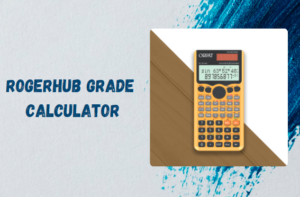



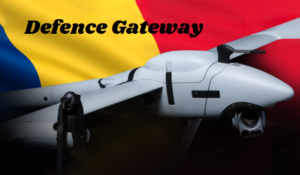


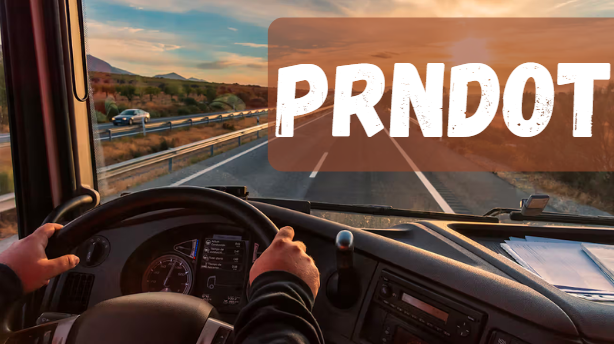
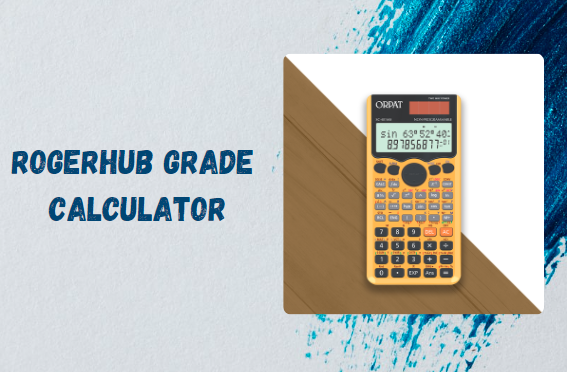








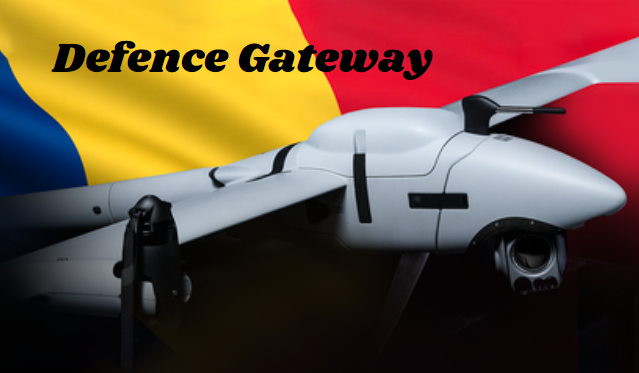
+ There are no comments
Add yours